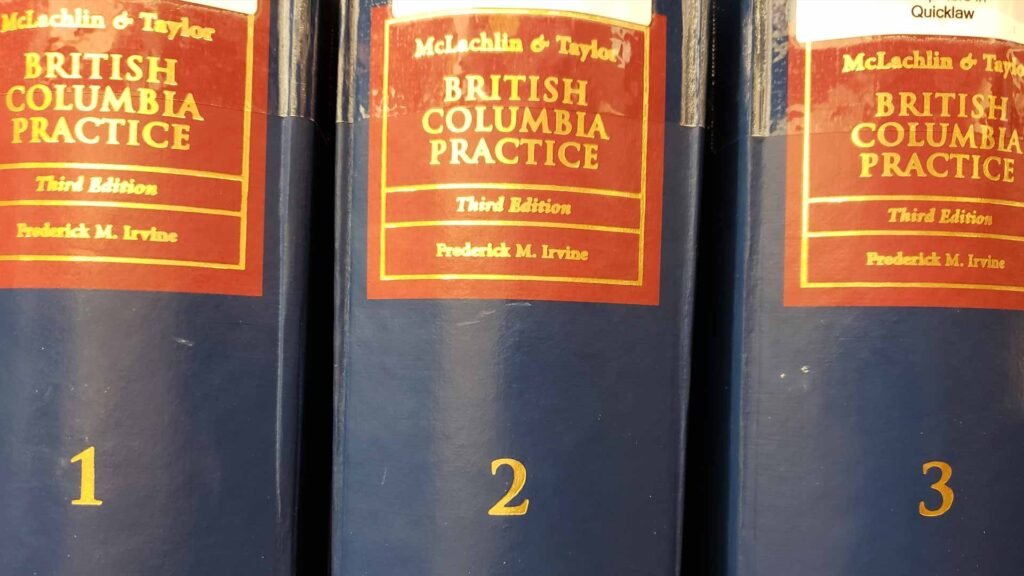The purpose of launching a claim in Supreme Court and proceeding to trial is to get a court order that the defendant must pay for the wrong alleged in the claim.
With a court order in hand there is more to do to get paid. It is a step-by-step process.
A court order is a statement confirming an amount of money that a defendant has to pay. It is also an order that he or she must pay that sum. However, the court does not enforce its own orders. That is up to the plaintiff. If nothing is done the defendant can sit back without paying anything.
In the criminal law the state takes action to enforce each step. In the civil law it is up to the parties themselves to be responsible for moving forward with each step.
The Subpoena to Debtor application is the enforcement process in the civil law. It is an opportunity to find out what money and property the defendant has. The defendant is obliged to answer questions and to produce documents. If this process shows that there is money available, the registrar or judge can order the defendant to pay, either as a lump sum or monthly.
If the registrar or judge is not satisfied with the responses of the defendant, that person can sign an Examiner’s Report fixing a time and a place for the defendant to return to court before a Supreme Court justice. At that hearing the justice can sentence the defendant to a jail term. That can range from two to three weeks.
This enforcement procedure provides an opportunity for the defendant to comply with the order to avoid going to jail.
The procedure starts with the filing of a Subpoena to Debtor form in Supreme Court. This form is then sent to the sheriff along with a personal information sheet and, if possible, a photograph, for the sheriff to serve the defendant.
The Subpoena to Debtor form sets a date for the defendant to appear in court to be examined on oath with respect to income and property, debts owed, disposal of any property and the means by which the debtor can satisfy the order.
An Examiner’s Report can indicate that the defendant is in the wrong through failure to attend, refusal to be sworn or affirmed, refusal to produce a document or not giving answers that were to the satisfaction of the examiner.
At the appearance before a Supreme Court justice, it is advisable to have a sheriff in the courtroom. If the defendant shows up and the justice orders the defendant to be committed to jail, the sheriff can place the defendant in handcuffs and lead him or her out of the courtroom.
The justice signs an Order of Committal which sets out the number of days of imprisonment. If the defendant has not come to court, the court orders the sheriff to arrest the defendant, to bring him or her to the courthouse and then to take the defendant to a specified prison.
